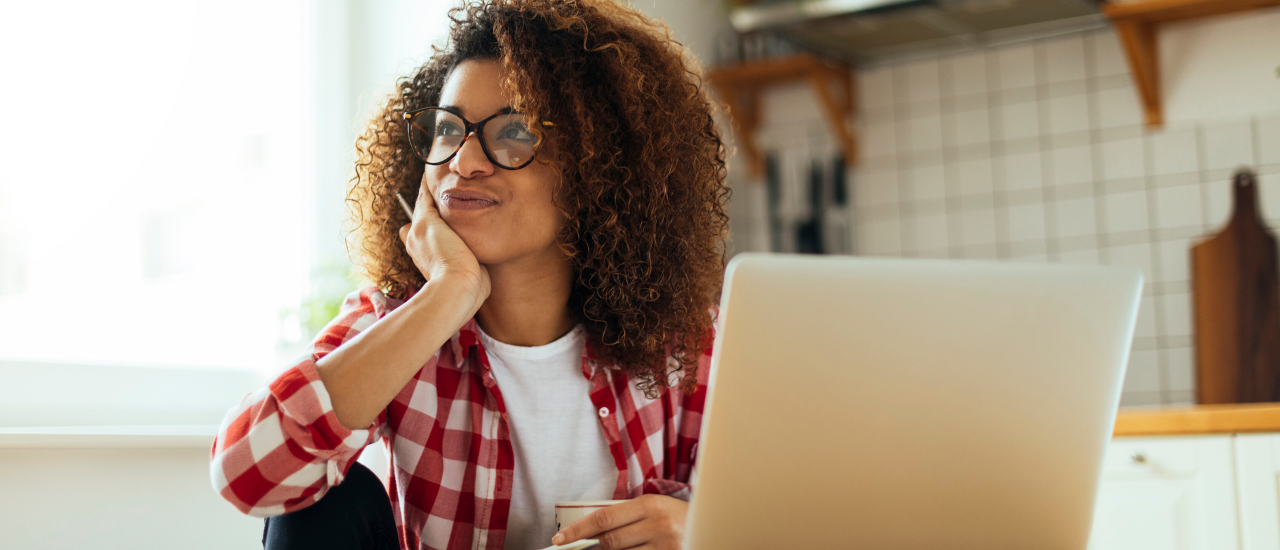
Working from Home: 3 Principles of Productivity
As the nationwide lockdown begins to ease and many return to work, it is likely that many businesses will continue working from home for the foreseeable future. Some businesses have seen a rise in productivity and will look to retain that whilst looking to safeguard their workforce and even make wholesale judgements on the necessity of office spaces with high overheads.
We have all had to adapt over the past few months but now is a good time to make our own personal assessments on how we are operating remotely. It would be easy to write a long list of do’s and don’ts in a guide to working from home but instead there are three concepts to focus on in order to help you assess what works for you.
Space
At the office, we are used to having our own dedicated workspace which we have mentally segregated from the rest of our lives. A space we associate with our work. That mental link is an important one, allowing us to concentrate and acknowledge what we know we “should” be doing in that space; working. At home, especially for those who aren’t lucky enough to have a home office, we have adapted spaces where previously we may have done other recreational activities. As such, the association with work is diminished and we can be easily distracted by the other activities available or those which we are used to undertaking in our home spaces.
For others, the temptation to work from the sofa is overwhelming. It’s an easy thing to do and I would be lying if I said I haven’t typed out the odd email with my feet up. That’s ok! The problem with doing this is that it interrupts the way we perceive both our work and the spaces we usually reserve for relaxation.
It’s likely that if you are used to working from home you have a dedicated workspace ready to go but if it’s never been the norm for you and you’ve found yourself carrying your laptop around the house trying to settle, it might be time to find and create a space that can be used permanently.
Try to find somewhere that you don’t normally use to enjoy other activities, which can be retained as a workspace. Ideally, you don’t want to be constructing and de-constructing your workstation everyday but of course, we don’t all have that level of space available to us. If you do have to do this, you can easily build it into your routine.
Routine
Without the rush for trains or the morning commute, we only need to travel as far as another room in the house. That can throw our usual routines into chaos, not to mention the new challenges faced by children also studying from home and partners doing the same. Without the old pressures of rushing out the house at the right time, it’s easy to snooze the alarm and catch a few extra winks. Why not when there’s so much less urgency? You should! However, you should adjust yourself into a new routine. You may have found that you’ve already done that when working from home but now is the time to ask; is this the most effective routine?
If your rolling out of bed at 8:55am to sit down to work in your PJs at 9am and then stopping for a tub of Ben and Jerry’s for lunch at 12 – it probably isn’t! However, I won’t judge you for the tub of Ben and Jerry’s, times are tough enough.
You should want to focus on building a routine that doesn’t feel forced and is still comfortable. My routine centres generally more around my morning than it does the entire the day. I wake up roughly an hour before I need to start work, have breakfast and deal with any household bits that need tending too. I’m looking at you laundry. Once I’ve started working I’ll try and achieve anything that I need to before lunch and allowing myself the flexibility to deal with anything leftover in the afternoon. That’s my “routine”. It’s not much and it’s manageable. Others might want more structure, others less. It’s about what works for you and allows you to achieve the most that you can in your day. If you need to set yourself a fixed time for lunch, do it. If you need to get a run in, do it.
It might take a few days to find a pattern that works for you so experiment and find out what’s most beneficial. Whatever you do, communicate your routine with others.
Communication
Even though many organisations have put a lot of effort in maintaining transparency and communication with staff and within teams, it can be easy to feel a little isolated when working from home. Especially when we are so used to the social convenience of the office itself.
We all have the usual annoyance of being Cc’ed into needless emails and unnecessary communication in normal circumstances but when we are all working remotely, it can be a useful way to keep in touch with what’s going on. It’s unlikely you’ll get the low-down at the watercooler (if you’ll pardon the outdated turn of phrase – does anyone even have a watercooler?)
In order to keep communication going you should try your best to build it into a structured routine (there I go again with the “routine”). As a team at BWW, all of us speak everyday via video call. On the face of it, that might seem like overkill but we’ve found it exceptionally useful to maintain constant communication but also to feel “in-touch”. We’ve all acknowledged that our daily “catch-up” has made us feel just as connected as we are in the office. It doesn’t have to be everyday but if you think some communication is lacking or you’re feeling isolated, then try to instigate some regular communication.
Strong communication shouldn’t just be with your colleagues but also with the people around you at home. Usually, we would have a bit of a cooling-off period in the time it takes to get to and from the office. The only cooling off time we have now is likely the walk to the kitchen and let’s face it, not every working day is sunshine and rainbows and it can put us under a bit of a storm cloud. Even if you’re not the most expressive person in the world, it can do a world of good to outwardly say that your having a bad day before you snap at another household member! If you live alone, you can tell your cat or dog. If you don’t have any pets; simply yell from a window.
All jokes aside, a combination of a well placed workspace that you feel you can distance yourself from, a routine that you’re comfortable with, and open and regular communication will help to ensure you are at your most effective when working from home.

